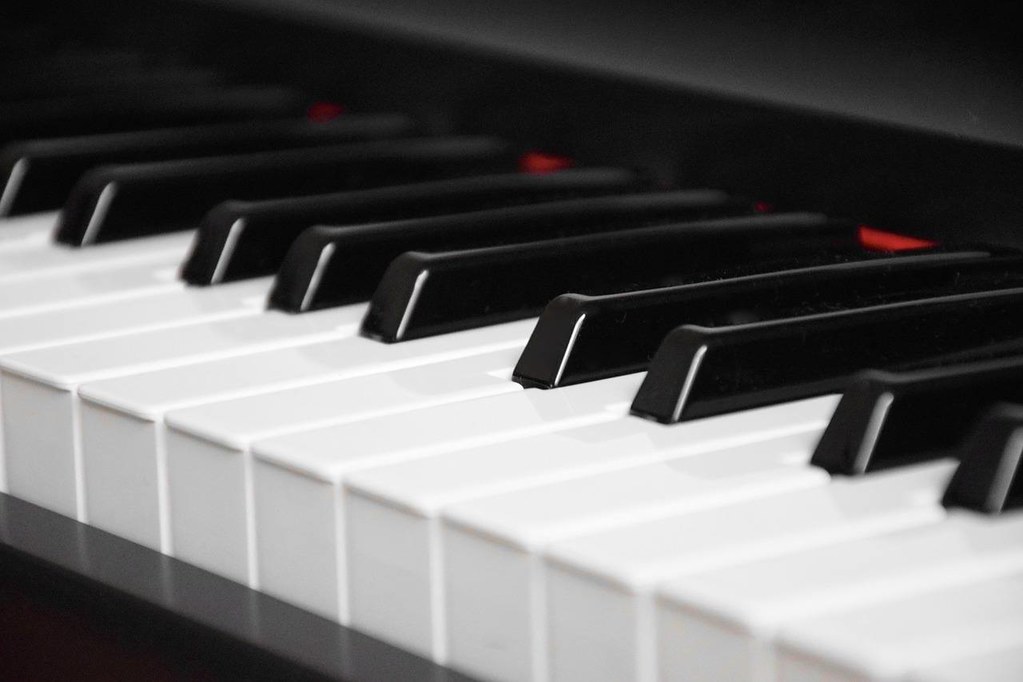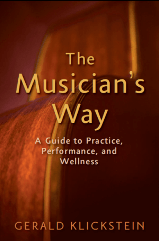 “There must always be a sense of progression or movement towards definite landmarks.”
“There must always be a sense of progression or movement towards definite landmarks.”
–Tobias Matthay, pianist
The Musician’s Way, p. 23
Rhythm comes alive when it propels listeners through a phrase via what we musicians term “forward motion.”
Aside from choosing a suitable tempo for a composition, two ways to create forward motion are to:
- Drive shorter notes toward longer notes
- Move from weaker beats toward stronger beats.
Creating Forward Motion in Music Interpretation
1. Drive Shorter Notes toward Longer Notes
In the excerpt below from Mozart’s Sonata K. 333, the gravitational tug of the downbeats pulls the melody notes forward to the longer notes that conclude each bracketed group.
Play or sing the melody multiple times, and experiment with driving the shorter notes toward the longer ones.

Mozart, Sonata K. 333 for Piano, 1st movement, measures 1-4
2. Move from Weaker Beats toward Stronger Beats
When the note values in a composition are more uniform, one way to create forward motion is to slightly extend the durations of stronger or more prominent pitches and then push the subsequent weaker ones forward to the next stronger pitch.
Repeatedly vocalize or play the next example, and propel the sixteenth notes following a strong beat toward the strong beat to come. For example, you might extend the duration of the sixteenth notes on the first beat of each measure and do so minutely on the third beat.
As you play, take care not to distort the baseline pulse. Ensure that the first and third beats in each measure coincide with the pulse of a metronome (the second and fourth beats might or might not line up with the metronome).

Bach, Suite BWV 1007 for Cello, measures 1-2
Expressive Timing: The Backbone of Artistic Music Making
If these rhythmic inflections seem subtle, they are.
Yet expressive timing forms the backbone of artistic music making. So it’s a crucial area for aspiring musicians to study and refine, especially with the aid of a personal recorder. Here are some recommended devices:
Recommended audio recorders: Zoom H4n | Zoom H2n | Tascam DR-22WL
See Chapter 2 of The Musician’s Way for more ways to bring vitality to musical interpretations.
Related posts:
7 Essentials of Artistic Interpretation
The Art of Spontaneity
Refining an Interpretation
Rhythmic Precision
When Every Note Vibrates with Life
© 2015 Gerald Klickstein
Adapted from p. 31-33 of The Musician’s Way


Yes, the simple nuances you describe can make all the difference between musical and unmusical playing. I think there is also something about staying with a phrase all the way and finding ways to help it blossom and fade beautifully. I explore this aspect here. The post is a bit more generally focused, but hopefully you can get the gist. Thanks for your post!
Excellent point, Charles. I concur and cover similar issues in depth in The Musicians’ Way. Thanks for reading and contributing!